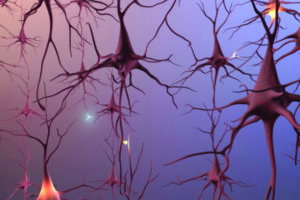Your brain knows a heck of a lot about you, but how much do you know about your brain? Most people know more about their car than they know about their brain. As a result, neuro-ignorance is rampant.
Here are 6 outdated neuro-myths that most people believe:

1. We only use 10 percent of our brain.
2. A normal brain declines with age.
3. Crossword puzzles and sudoku provide good brain exercise.
4. Dietary fiber does not influence brain chemistry.
5. The rate of Alzheimer’s disease is on the rise in the United States.
6. Posture and core muscles have little to do with brain health.
If any of these toxic myths are swimming around in your head, replace them with science-based tips and tools to take charge of your brain fitness.
First and foremost, here is the good news about your brain. Fine wine is designed to improve with age—and so is the human brain! The rest of our body is not able to get better with age, but our brain can, thanks to a magic trick called neuroplasticity.
Neuroplasticity is a healthy brain’s secret weapon for improving with age, and it is the primary focus of brain training. Requesting brain cells (neurons) to grow new connections with other neurons is the key to superior brain fitness at any age.
So how do we “request” our brains to grow? Give the brain something new to do. Our brains are sitting around up there, awaiting our commands. Neurons will do the work we give them to do, as long as we keep bugging them to get the job done.
But building new connections is a lot of work, so our thrifty brains only bother to grow new connections when it is really necessary. Nothing done by routine and habit requires the brain to grow.
The best daily activities for brain training are often fun! For example, dancing and singing offer much better brain exercise than crossword puzzles or sudoku.
However, since every brain is different, a one-size-fits-all approach to brain training does not work. Discovering the five key brain assets that we all have, and which one is least active for you at this time, is the place to start.
To learn more about your brain assets and the activities that work them, read Better with Age: The Ultimate Guide to Brain Training.




